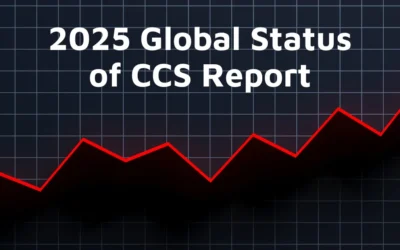Aerospace and carbon credits are two concepts that relate to the issue of reducing greenhouse gas emissions and combating climate change.
Aerospace refers to the industry involved in the design, development, and production of aircraft, spacecraft, and related technology. The aerospace industry is a significant contributor to greenhouse gas emissions, primarily due to the burning of fossil fuels during flight operations.
Carbon credits, on the other hand, are a market-based mechanism used to incentivize the reduction of greenhouse gas emissions. A carbon credit represents one metric ton of carbon dioxide (or its equivalent in other greenhouse gases) that has been prevented from being emitted into the atmosphere. Companies can buy and sell carbon credits on carbon markets, allowing those that can reduce their emissions at a lower cost to sell credits to those that face higher costs of emission reduction.
Aerospace companies can participate in carbon markets by purchasing carbon credits to offset their emissions. For example, an airline may purchase carbon credits to offset the emissions from its flights. Some aerospace companies are also exploring the use of alternative fuels, such as biofuels or electric power, to reduce their emissions.
Overall, the aerospace industry is working to reduce its carbon footprint and contribute to the global effort to combat climate change by working with companies like Dynamic Carbon Credits who offer a secure and validated buying platform for carbon credits. Carbon credits are one tool that can be used to incentivize emission reduction and support the transition to a low-carbon economy.
Let’s Work Together!
Dynamic Carbon Credits is ready to show you how to solve your most pressing business challenges. Contact us today and begin seeing the results.





